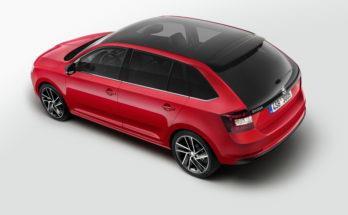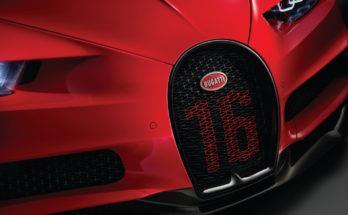The first model of the revived Citroën DS series, the hatchback and convertible DS3 , received a partial modernization about halfway through its life cycle . It brought new front lights, a greater degree of individualization and a modified range of engines.
For the first time, lights combining LEDs and xenons appear in a production car. The French car manufacturer used 3 LED diode modules and 1 xenon module, which ensures a greater flow of light and thus greater visibility and lighting comfort at night. At the same time, this will save up to 35% of energy for low beam and up to 75% of energy for high beam. The appearance of the lights bears the signature of the Numéro 9 and Wild Rubis design concepts . If perhaps there weren't enough LEDs, the new DS3 also has them for daytime running lights, and we can also find them in the rear lights, which are also equipped with a 3D effect .
Individualization options were expanded when Citroën added, for example, engraved motifs on the dashboard molding and a screen-printed pattern on the rear side windows in the Irrésistible Paris design, which features a frieze of legendary Parisian landmarks such as the Eiffel Tower or the Arc de Triomphe. Blanc Nacré white complements the range of colors, the range of wheels has been expanded to include 17- inch diamond-cut rims, and new upholstery appears in the interior.
The range of engines was supplemented by three engines – two diesels and one petrol. BlueHDi 100 and BlueHDi 120 diesels meet the Euro 6 emission standard and are equipped with selective catalytic reduction SCR technology, which reduces nitrogen oxide emissions by up to 90%. In addition, both engines rank among the cleanest and most economical in their segment, with the BlueHDi 100 claiming 3.0 l/100 km and emitting 79 g CO2/km, while the BlueHDi 120 consumes 0.6 l/100 km more and emits 94 g CO2/km. In the range of gasoline engines, the e-VTi 82 version with PureTech technologies and a five-speed piloted ETG transmission is new, thanks to which the engine consumes 4.1 l/100 km, emits 95 g of CO2/km and thus meets the Euro 6 emission standard.
The latest innovation is the automatic braking system Active City Brake , which makes it possible to prevent minor collisions at low speed. A short-range laser sensor located at the top of the windshield detects a car traveling in the same direction or standing in front of the car. When driving up to 30 km/h , the sensor automatically initiates braking if necessary to avoid a collision.
Source: Citroën



